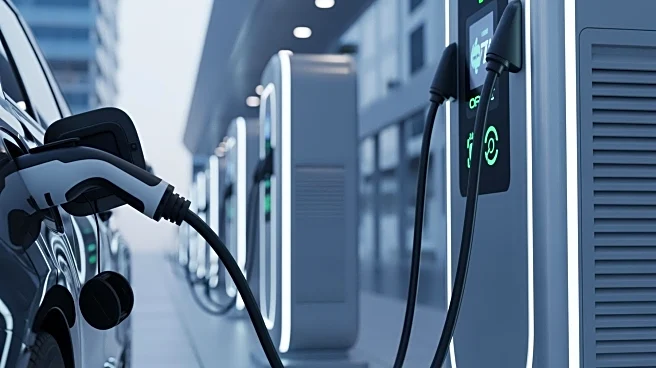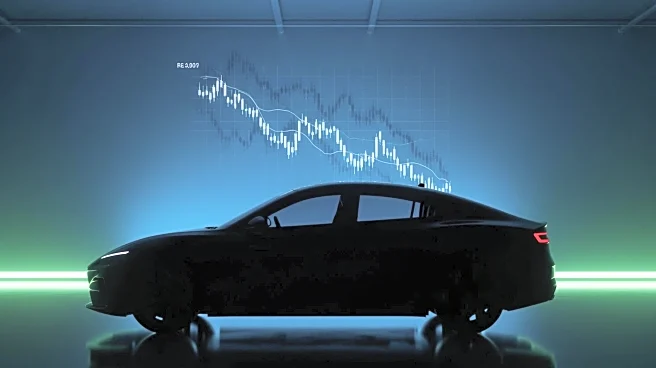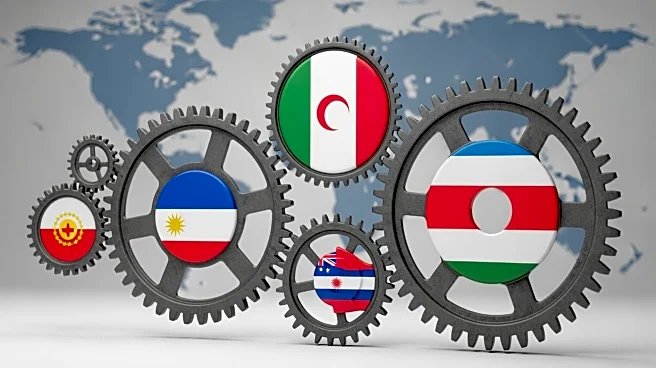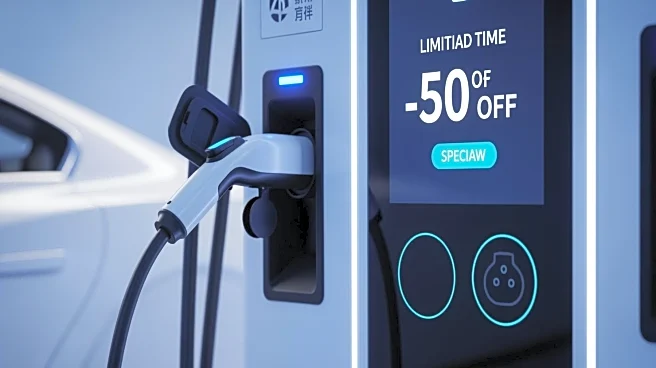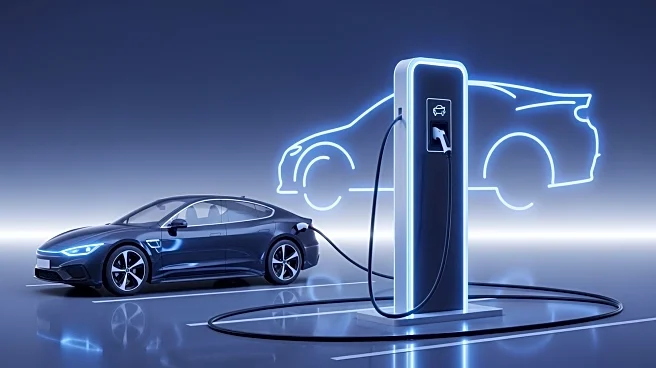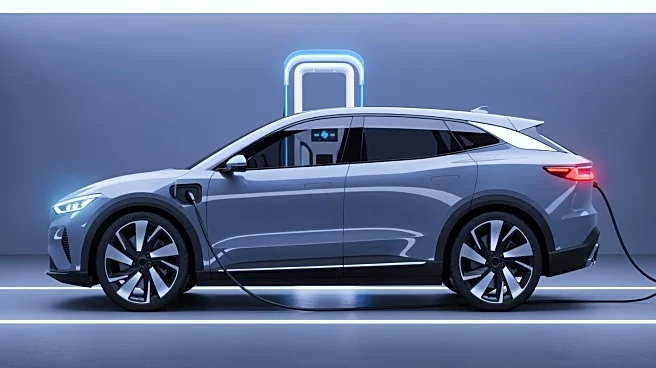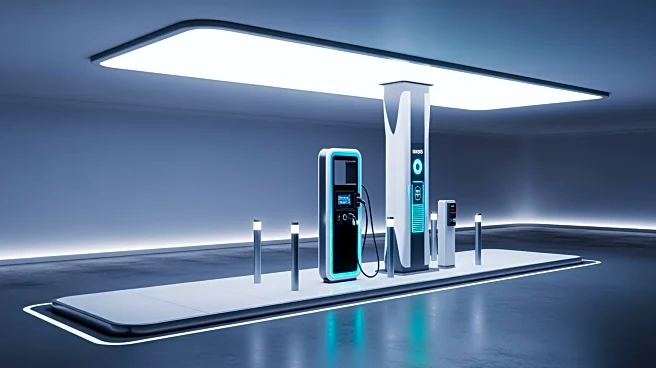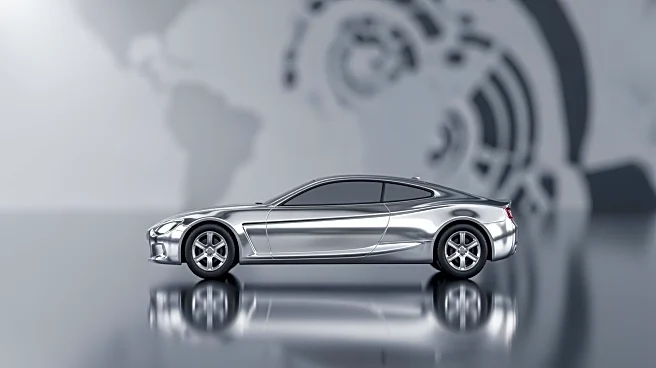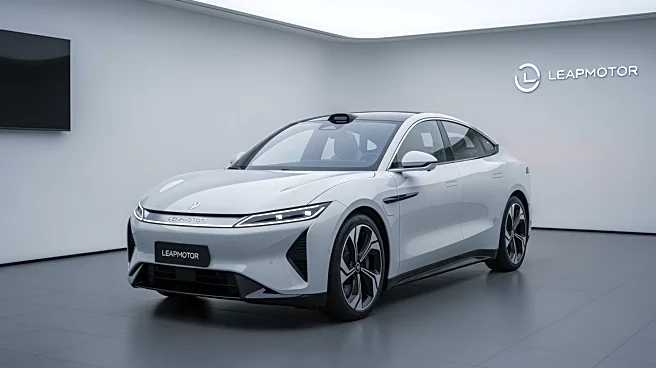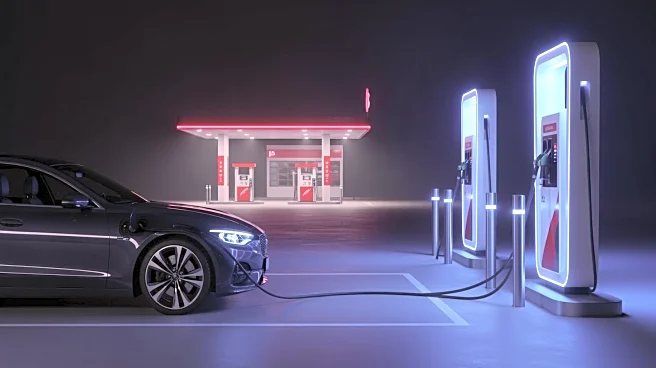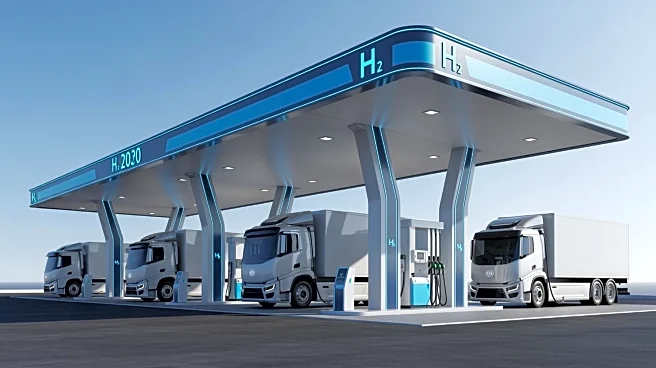What's Happening?
Hyundai Motor America has announced a significant retail cash bonus of $11,000 for its 2025 IONIQ 5 electric vehicle, available until November 3, 2025. This incentive is part of Hyundai's strategy to maintain competitiveness in the evolving electric vehicle market
following the end of U.S. tax credits for EVs. The company is also planning price reductions for the 2026 IONIQ 5 models, ranging from $7,600 to $9,800, to better align with market dynamics and support increased U.S. production. These changes reflect Hyundai's commitment to making electric vehicles more accessible and competitive, responding to shifting consumer expectations and competitive pressures.
Why It's Important?
The $11,000 incentive and subsequent price reductions are crucial for Hyundai as they navigate the competitive electric vehicle market, especially after the cessation of U.S. tax credits for EVs. By offering substantial discounts, Hyundai aims to attract more consumers to its IONIQ 5 model, potentially increasing its market share in the EV sector. This move could influence other automakers to adjust their pricing strategies, fostering a more competitive environment that benefits consumers. Additionally, Hyundai's focus on increasing U.S. production volume may contribute to job creation and economic growth within the automotive industry.
What's Next?
As the November 3 deadline approaches, consumers interested in purchasing the 2025 IONIQ 5 are encouraged to take advantage of the $11,000 incentive. After this date, Hyundai's pricing strategy for the 2026 models will come into effect, potentially leading to further adjustments in the EV market. Stakeholders, including dealers and consumers, will be closely monitoring these developments to assess their impact on sales and market dynamics. Hyundai's actions may prompt other automakers to reevaluate their pricing and incentive strategies, potentially leading to broader shifts in the EV industry.
Beyond the Headlines
Hyundai's pricing strategy highlights the broader challenges faced by automakers in adapting to changing consumer preferences and regulatory environments. The shift towards more accessible EV pricing reflects a growing demand for sustainable transportation options and the need for automakers to innovate in response to competitive pressures. This development may also influence public policy discussions around EV incentives and support for domestic production, as stakeholders seek to balance environmental goals with economic interests.
